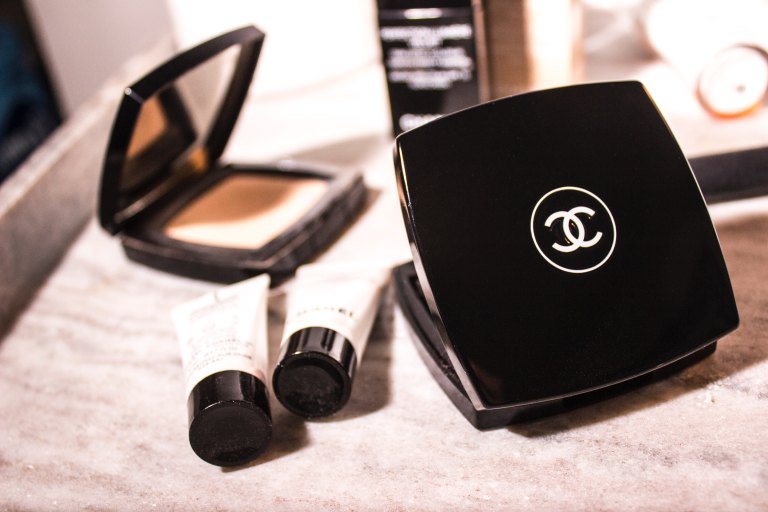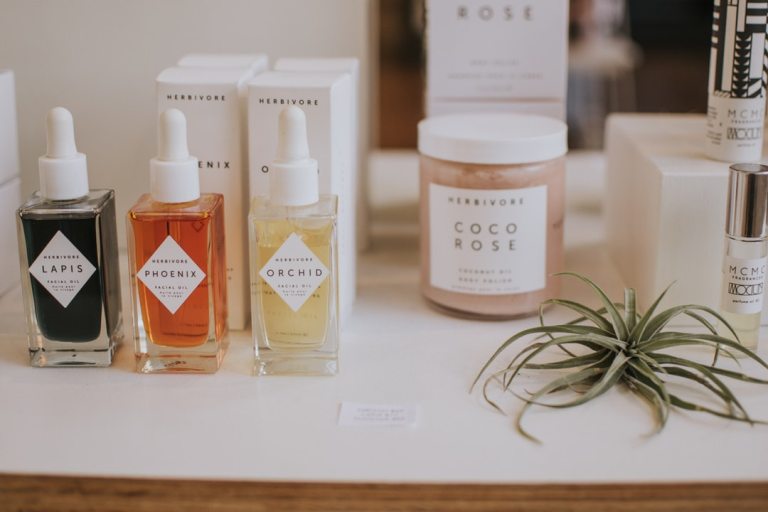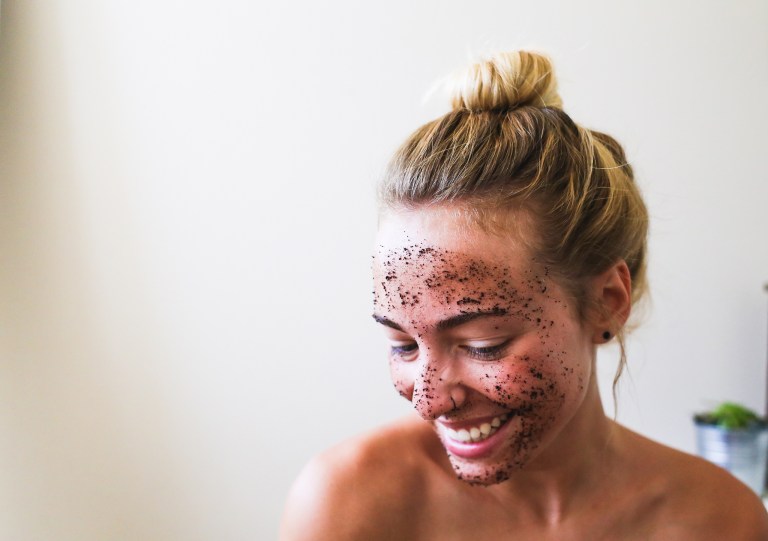
The 13 Best Skincare Products You Can Get For Cheap At Your Local Drugstore (And Which Ones To Avoid)
Before researching skincare, the deciding factor for me used to be the scent. Sometimes I'd put a dab on my finger, hold my finger up to the wind and make a decision based on that. What "that" is, I'll never know.
By ![]() Rachel Hodin
Rachel Hodin
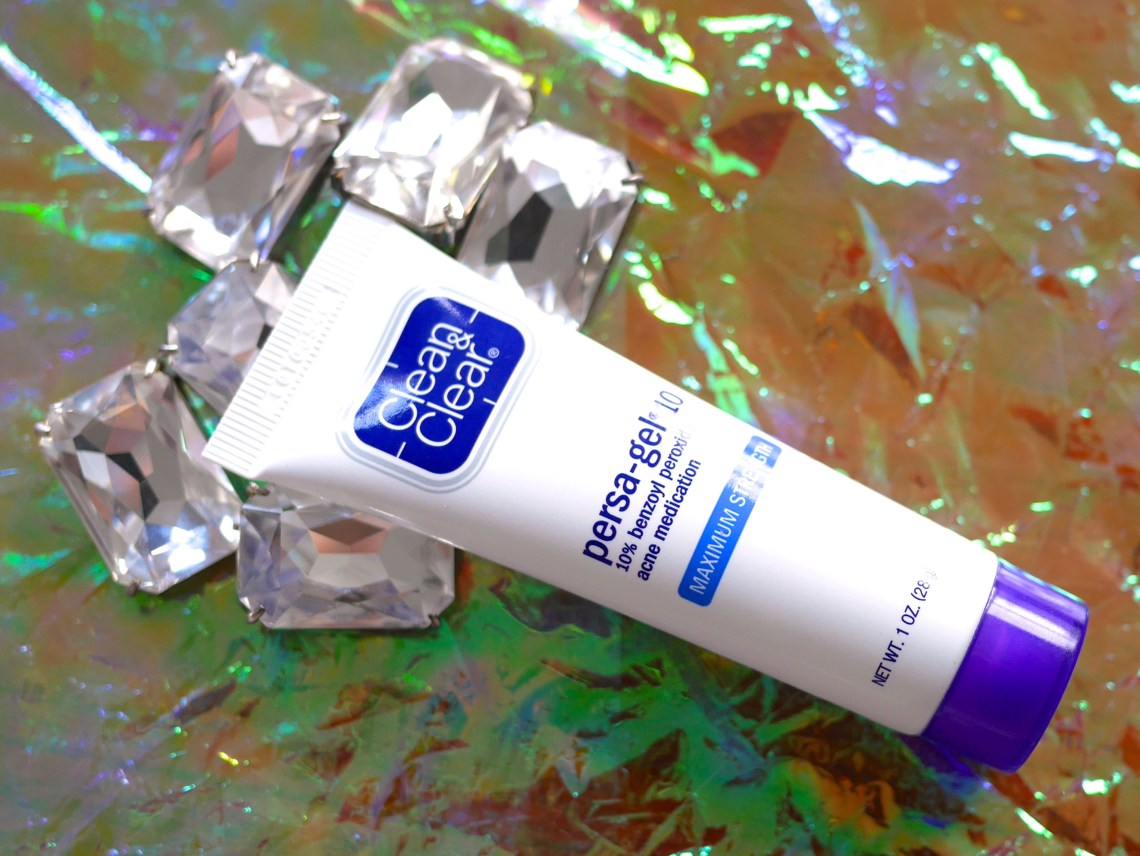
The skincare aisle at my local drugstore was always a huge mystery to me. I used to look at the selections and just stare, unable to figure out my next move. There’s just something about the endless array of my ignorance displayed right in front of me that seemed to stifle any and all movement. Something hypnotizing about an excess of selections that I haven’t a clue of what to do with.
Before researching skincare, the deciding factor for me used to be the scent. Sometimes I’d put a dab on my finger, hold my finger up to the wind and make a decision based on that. What “that” is, I’ll never know.
But after diving head-first and for a whole month into the world of skincare, I’ve realized a couple things. One, we’re all going to die; sooner and more painful, however, if we don’t check our intake of parabens. Two, nothing is safe. Three, corporations lie. And finally — yes, it’s certain now — I hate chemistry.
Below are 12 of the best skincare products you can find at your local drugstore, plus one more that you can purchase on Amazon and should know about.
1. Olay Exfoliating renewal cleanser.
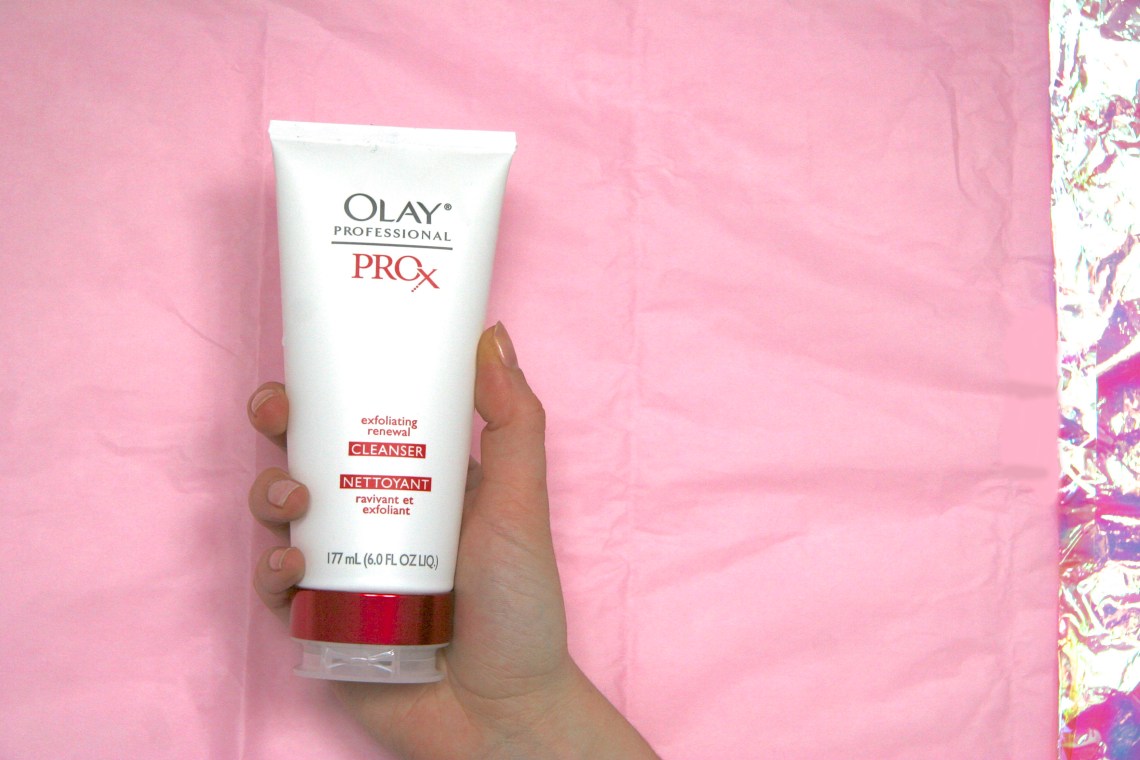
The only ingredients in this product that you should care about are citric acid and methylisothiazolinone. As an alpha hydroxyl acid, citric acid, according to Total Beauty, helps bind moisture, improve healthy collagen production and smooth an uneven skin texture. It’s also an antioxidant, which, in general, helps with wrinkles, spots and sun damage. Methylisothiazolinone is a preservative — in other words, not spoon-fed to Apple Martin-Paltrow; not touted on Goop. It’s particularly bad for people with sensitive skin and should be avoided when found in leave-on products, but none of that applies here, so it’s on this list.
2. Burt’s Bees Radiance Facial Cleanser with Royal Jelly.
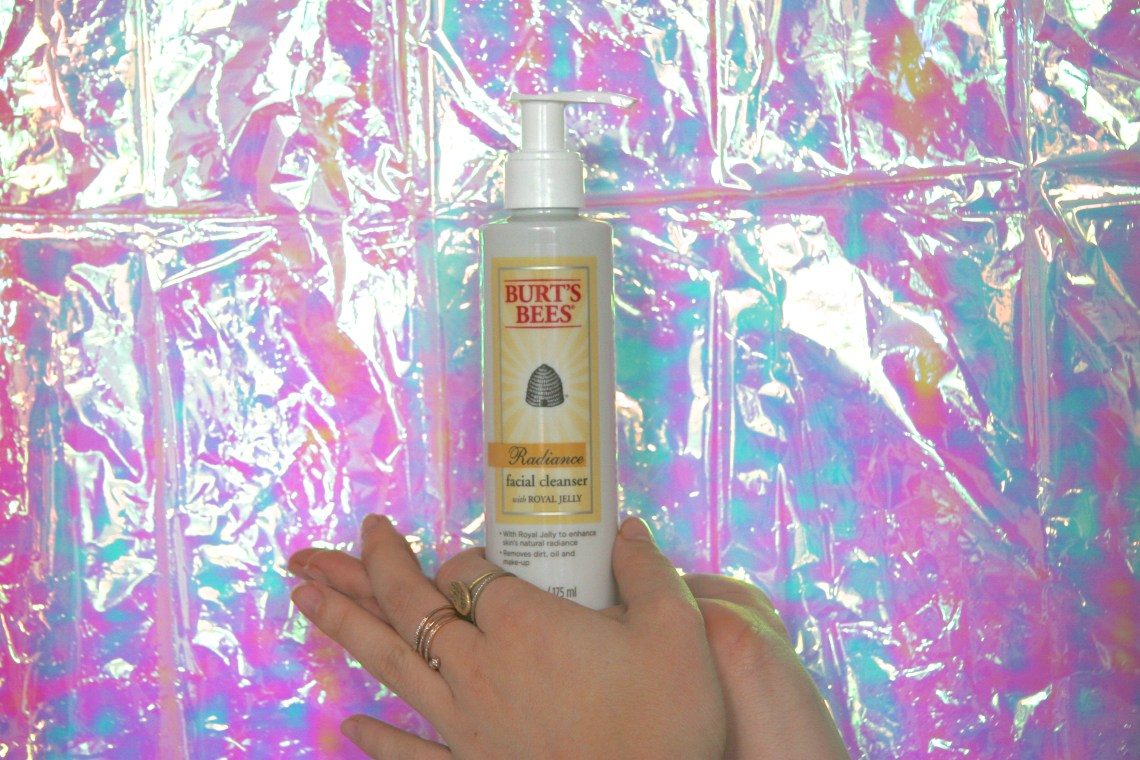
Burt’s Bees is a skincare company that’s very reliable when it comes to ingredients. They use a lot of natural fruit extracts and this cleanser is free of any harmful ingredients aside for what’s commonly listed as “fragrance” — a typical ploy used by companies to cover up toxic ingredients in the product. Aside from that, the cleanser contains citric acid, which, as mentioned, is an antioxidant and AHA. It contains tocopherol, which is Vitamin E and thus helps in the anti-aging process by apparently protecting cell membranes from oxidative damage and preventing collagen from being destroyed — which is, in turn, enhanced by the presence of vitamin C. It also contains soybean oil, a soy isoflavone and another great antioxidant that allegedly “inhibits environmental damage, reduce[s] irritation, improve[s] skin texture, build[s] collagen and fight[s] sun damage.”
3. Cetaphil Daily Facial Cleanser.
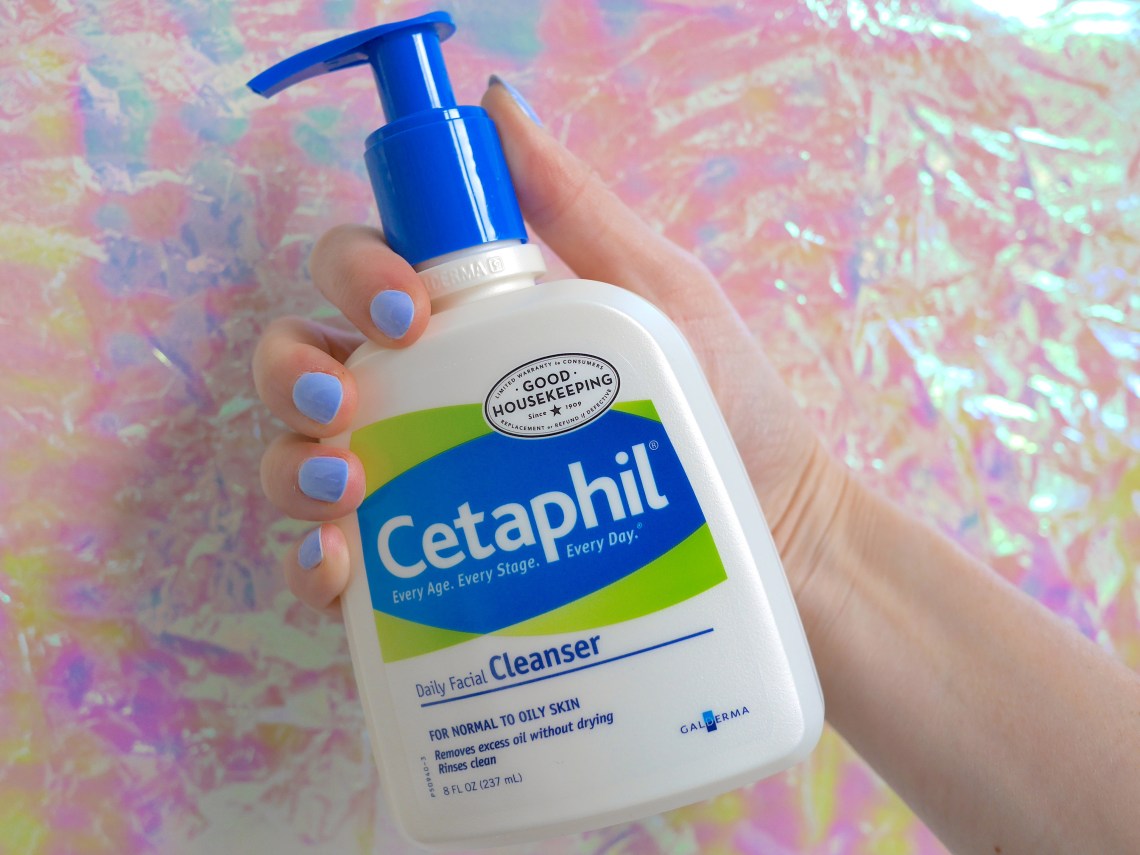
Attempt to research the health benefits and risks of skincare ingredients and the first thing you’ll learn about are parabens. They’re preservatives that prevent bacteria, mold and yeast in cosmetics – which apparently has adverse effects, in particular estrogen-mimicking ones that are associated with breast cancer. This is all based on a 2004 study published in the Journal of Applied Toxicology, which found parabens in breast tumors. Yet despite this finding, the FDA still maintains that parabens are fine. According to the LA Times, “The FDA states in its official post on parabens that ‘the study did not show that parabens cause cancer.’ The ‘FDA believes that at the present time there is no reason for consumers to be concerned about the use of cosmetics containing parabens.’” And it kind of makes sense that the FDA would say this — parabens are found naturally in some fruits and vegetables. What’s more, of all of the preservatives used in cosmetics, parabens are actually one of the safest. In fact, they’re sometimes swapped out for even more harmful preservatives.
Personally, I’m a sucker for marketing scare tactics. Throw me a bolded “warning” sign or an asterix and I’m all ears. Reading the labels of over 18 skincare products and finding that many preface their ingredients with “no parabens” was enough to convince me that parabens are bad. If EVERYONE is jumping on the “no parabens” bandwagon, then — yeah, I’m game too.
Which is why it was quite alarming to discover that Cetaphil face wash contains parabens. In the ingredients you’ll find “methylparaben,” one of the four types of parabens, which, according to Future Derm, increases UV-induced damage in the body. If that was Cetaphil’s only negative then I still might have been tempted to turn the other cheek — and only because I’ve also read conflicting opinions on parabens, including this one from eHow, “Methylparaben is considered to be a safe substance. It is easily absorbed through both the skin as well as through the gastrointestinal tract. It quickly is excreted and eliminated without any building up inside of the body. It is non-toxic by parenteral and oral consumption.”
Unfortunately, Cetaphil also contains sodium laureth sulfate (SLS), another apparently toxic substance prevalent in skincare. It’s a surfactant — the stuff that makes your face wash get all foamy. And by interacting with other chemicals, according to the Huffington Post, it has the potential to form nitrosamines, a carcinogen that can cause kidney and respiratory damage.
I put Cetaphil on this list because it’s worked great for me and even for a friend who grew up with really bad acne and swore by nothing else. But also because it’s recommended by so many doctors even though it’s maybe sort of toxic.
4. Burt’s Bees Natural Acne Solutions Pore Refining Scrub.
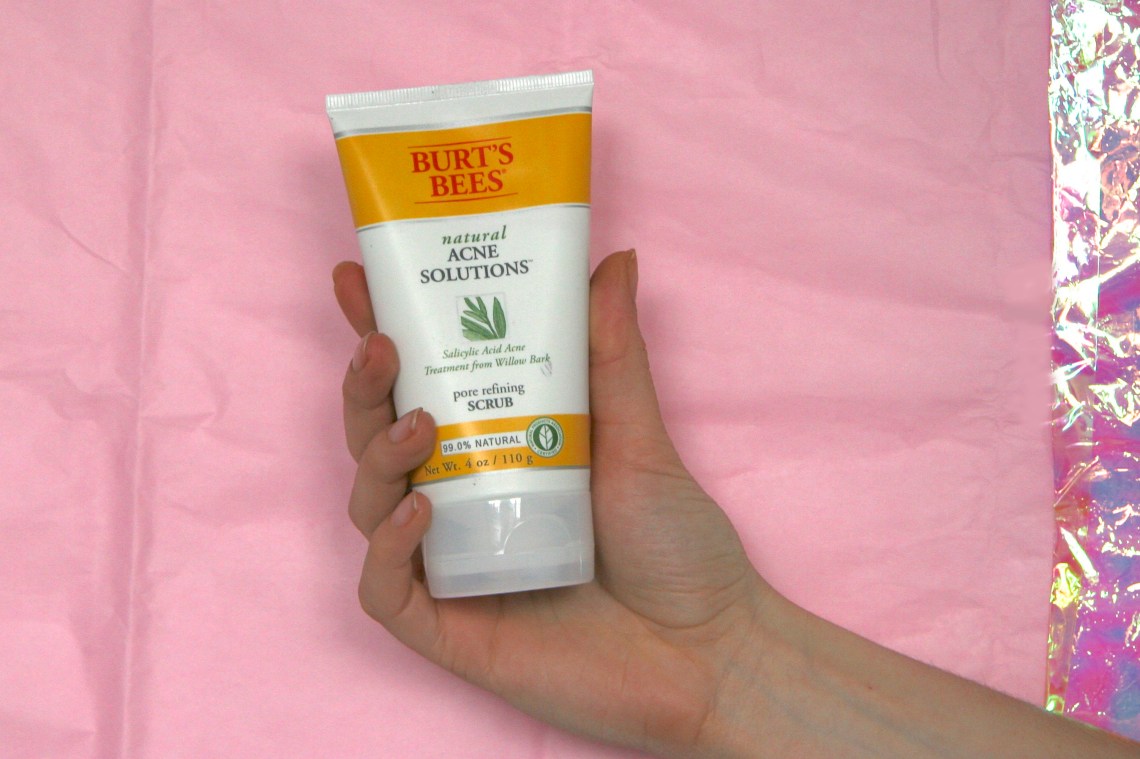
Another good Burt’s product, this one contains 1% of the active ingredient salicylic acid. Active ingredients are a good thing — the more the better. Plus, salicylic acid is apparently an “effective anti-aging” substance. There’s also stearic acid, which allows the cleanser to attach better to the dirt and oil on the skin; grape seed oil, an antioxidant and, according to skincare specialist Paula Begoun, is a “top superstar” for fighting wrinkles; and the Vitamin-E-rich tocopherol as well as its catalyst, vitamin C. Even the fragrance is listed as “natural.” The only cause for concern should be phenoxyethanol, which, like parabens, are also a preservative. But, as mentioned before, sometimes the alternatives used in place of parabens can be more damaging to our bodies than parabens themselves. According to Wellness Today, “The Material Safety Data Sheet (MSDS) on phenoxyethanol states that it can cause skin irritation and lung irritation. It’s also toxic to the kidneys, nervous system, and liver, in repeated, long-term exposure and ingestion.” However a “study in the International Journal of Toxicology claims that the low percentage of phenoxyethanol used in cosmetic products…is safe and non-toxic.” Yet “the European Commission on cosmetic ingredients stipulates that phenoxyethanol is toxic when applied to the lips or around the mouth.” Still, I put this product on the list because phenoxyethanol is the only ingredient with potentially harmful effects, and it’s listed last (ingredients are listed in order of concentration).
5. Burt’s Bees Natural Acne Solutions Purifying Gel Cleanser.
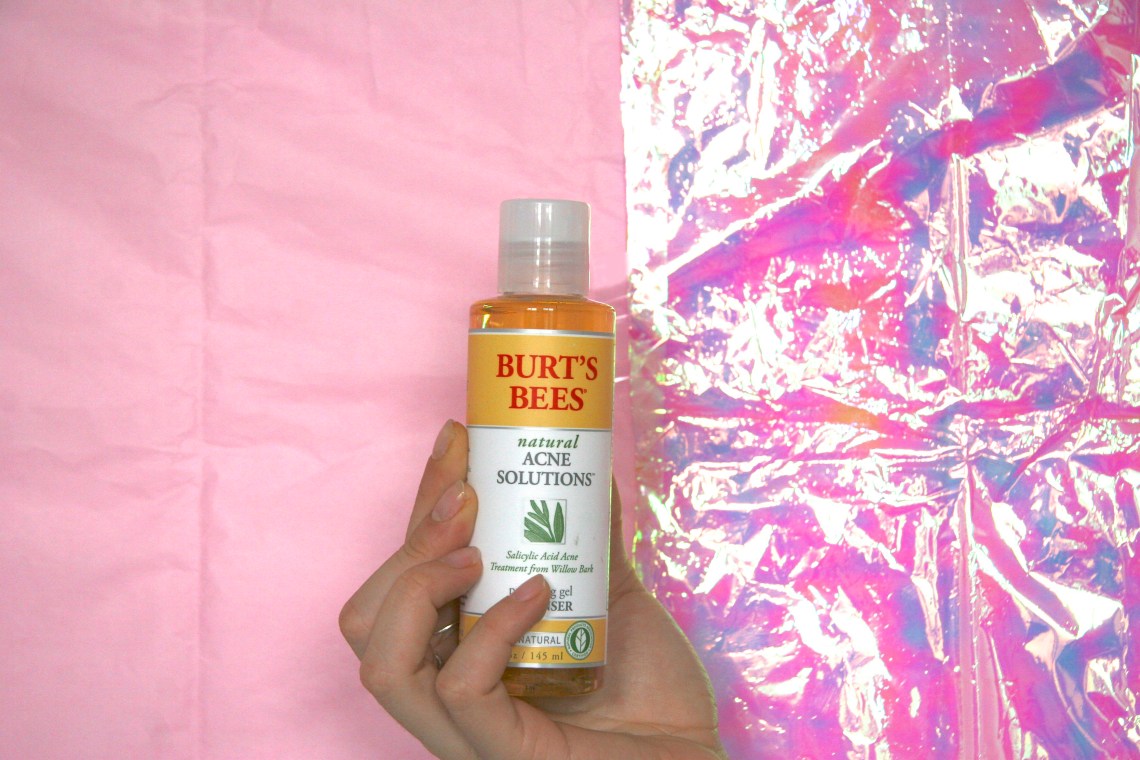
This product feels almost like an abbreviated version of the previous one, but is for some reason more than double the price at $23.99. Still, it has all the same good stuff as the Pore Refining Scrub — salicylic acid, a natural fragrance and natural extracts — as well as the naughty phenoxyethanol preservative.
6. Cerave Sunscreen Broad Spectrum Face Lotion, SPF 50.
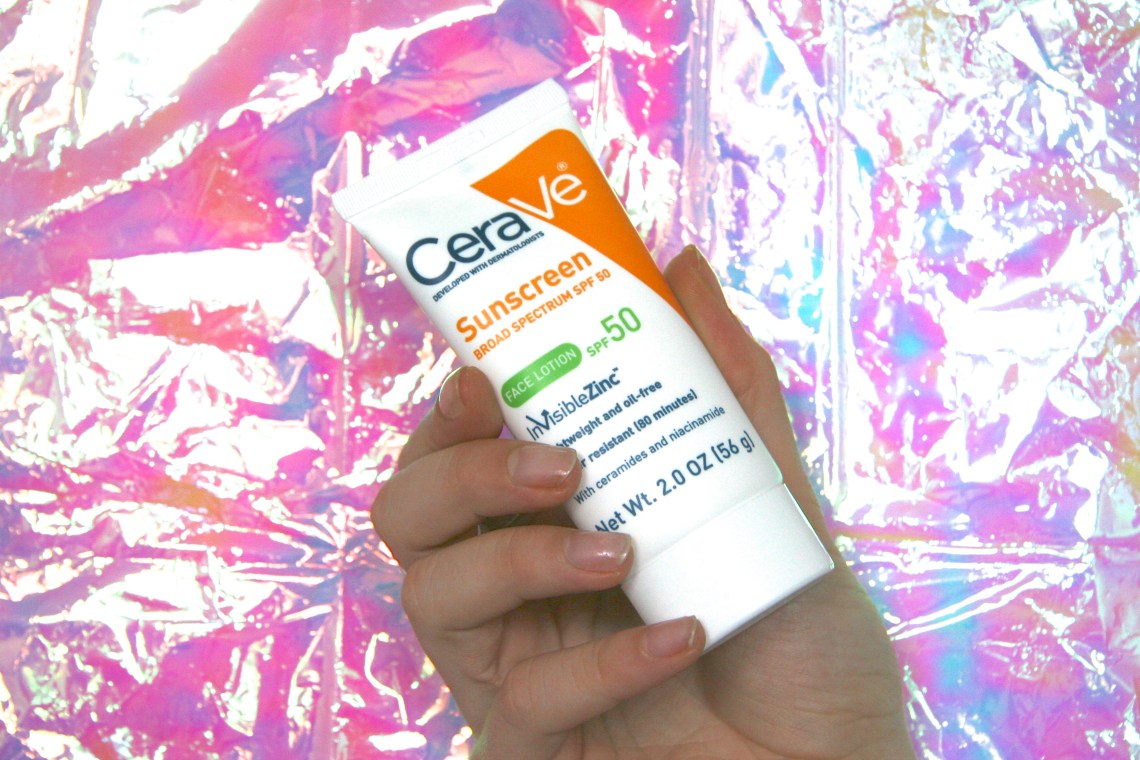
This is a “broad spectrum” sunscreen — something you should always look for in your sunscreens. Not only does it not contain the potential harmful sunscreen chemicals that the Huffington Post warned us about, but it also has two active ingredients at 4.9% and 4.7% each. It contains tocopheryl acetate — for vitamin e and anti-aging benefits — as well as the vitamin-C-rich ascorbic acid and stearic acid. And finally ceramides and niacinamide — which, according to Total Beauty, work very well together, the former helping with sun damage and dry environments, and the latter a component of B3 that increases ceramides, stimulates microcirculation, and helps even out skin discolorations.
7. Aveeno Clear Complexion Foaming Cleanser.
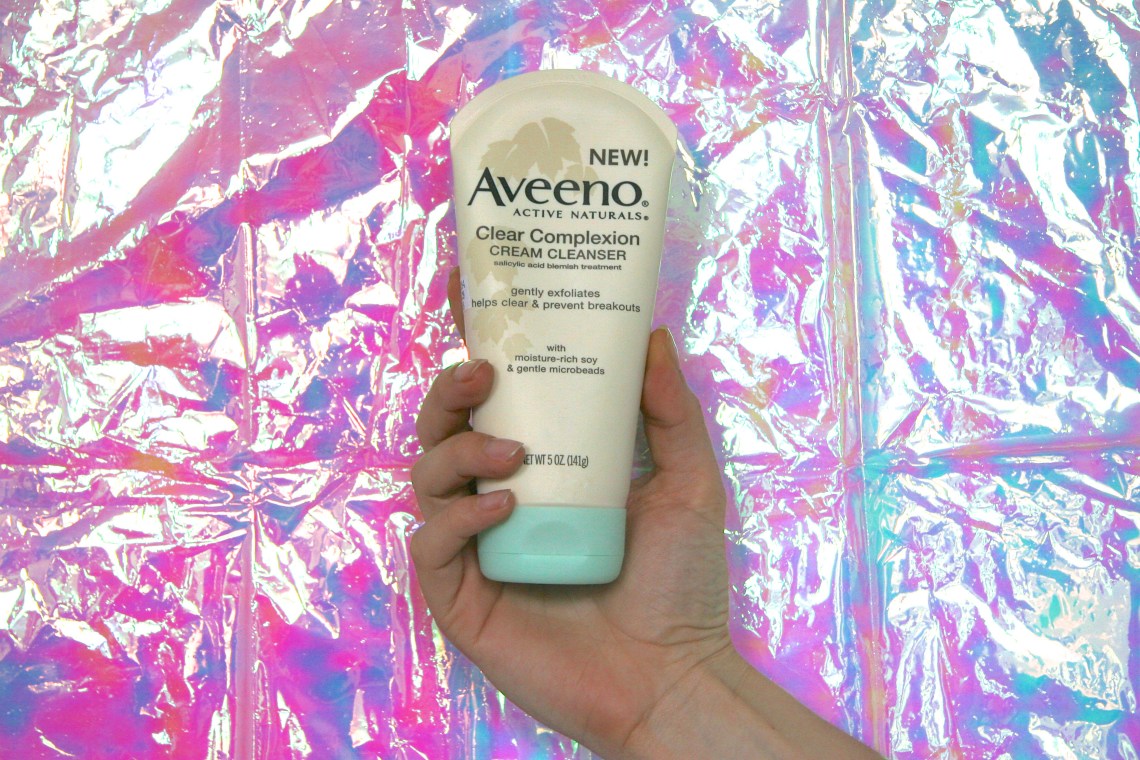
This cleanser is kind to your skin save for two potentially toxic ingredients: the dubiously listed “fragrance,” and PPG-15 stearyl ether. PPG stands for propylene glycol, which, according to the Huffington Post, is a small organic alcohol usually used for skin-conditioning purposes, but which contains chemicals that could irritate the skin to the point of dermatitis and hives. Even more alarming is the fact that propylene glycol is often found in e-liquids, the stuff you put in non-disposable e-cigarettes to smoke and stay your nicotine addiction. Apart from that, Aveeno is pretty much in the clear. Not to mention another purveyor of active ingredients – salicylic acid, in particular. And where some of the Burt’s Bees products listed only have 1% of salicylic acid, Aveeno’s got 2% of it. And the higher the active ingredients, the better, says Linda Wells, editor-in-chief of Allure Magazine. This, plus the presence of soy – which increases collagen production and thus boosts the skin’s overall tone and texture – outweigh the potentially toxic PPG for some consumers.
8. St. Ives Apricot Scrub.
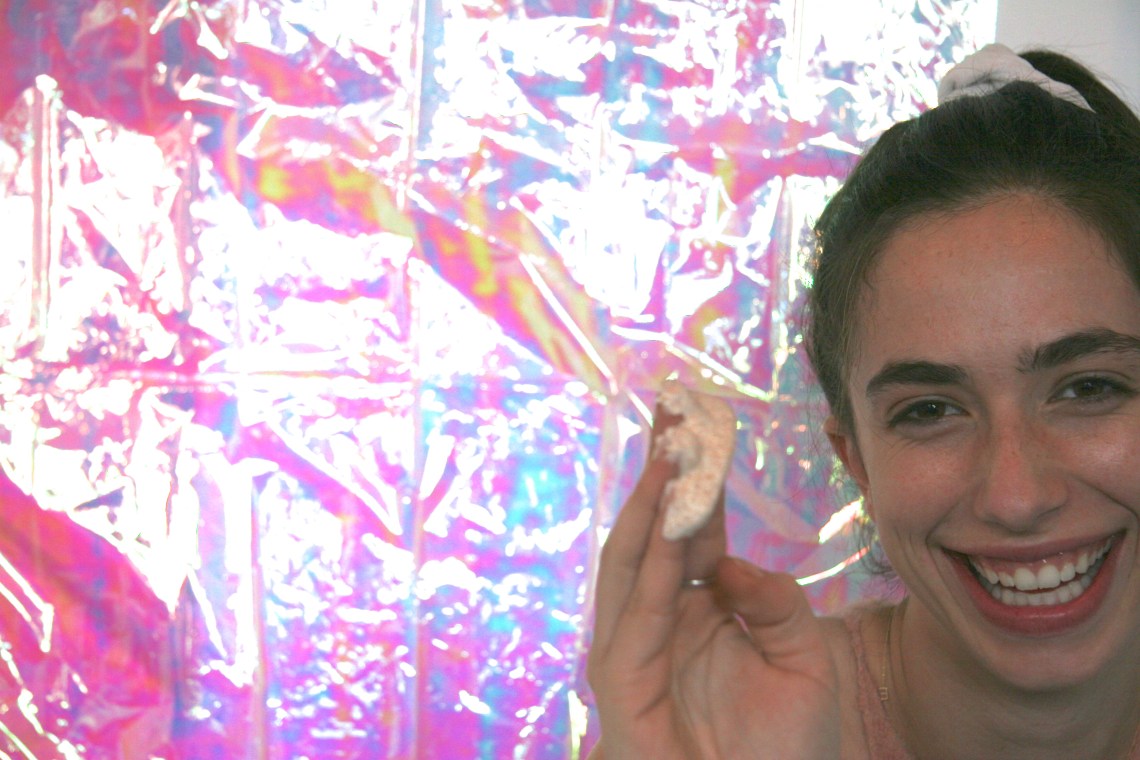
There’s a reason Emily looks so elated here and it’s not because I told her this was her last shot. OK fine, I lied; not only did I expressly state that this was her last shot, but I had also just told her that I would buy her dinner for helping a pal out. But I like to think she’s smiling for different, more relevant reasons; I like to think she’s smiling because we just found the body wash we’ll be using for the rest of our waking lives – the St. Ives Apricot Scrub.
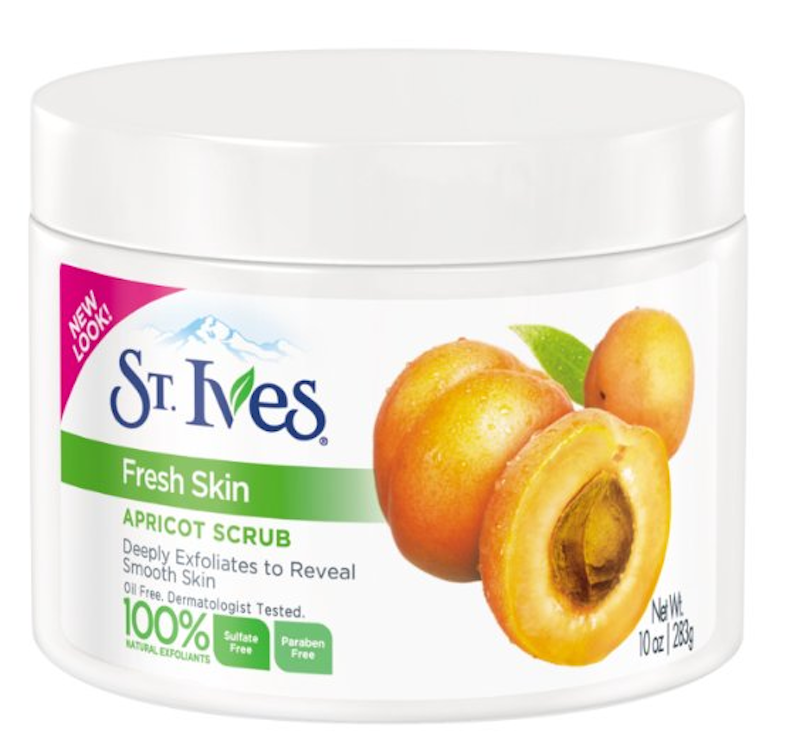
It’s got some walnut shell powder, corn kernel meal and, of course, the extracts of a prunus armeniaca – the term you will henceforth use for apricots. And remember that sodium laureth sulfate villain I told you about? Well it’s got an organic alternative, sodium lauryl sulfoacetate, that’s in the apricot scrub as well. And while it does contain that fishy “fragrance” ingredient, I will take my chances with this one. Because if there’s one thing I’ve learned it’s that, with drugstore skincare products, you just can’t win. So you must choose your battles. And fragrance: to you I surrender.
9. Burt’s Bees Peach and Willow bark Deep Pore Scrub.
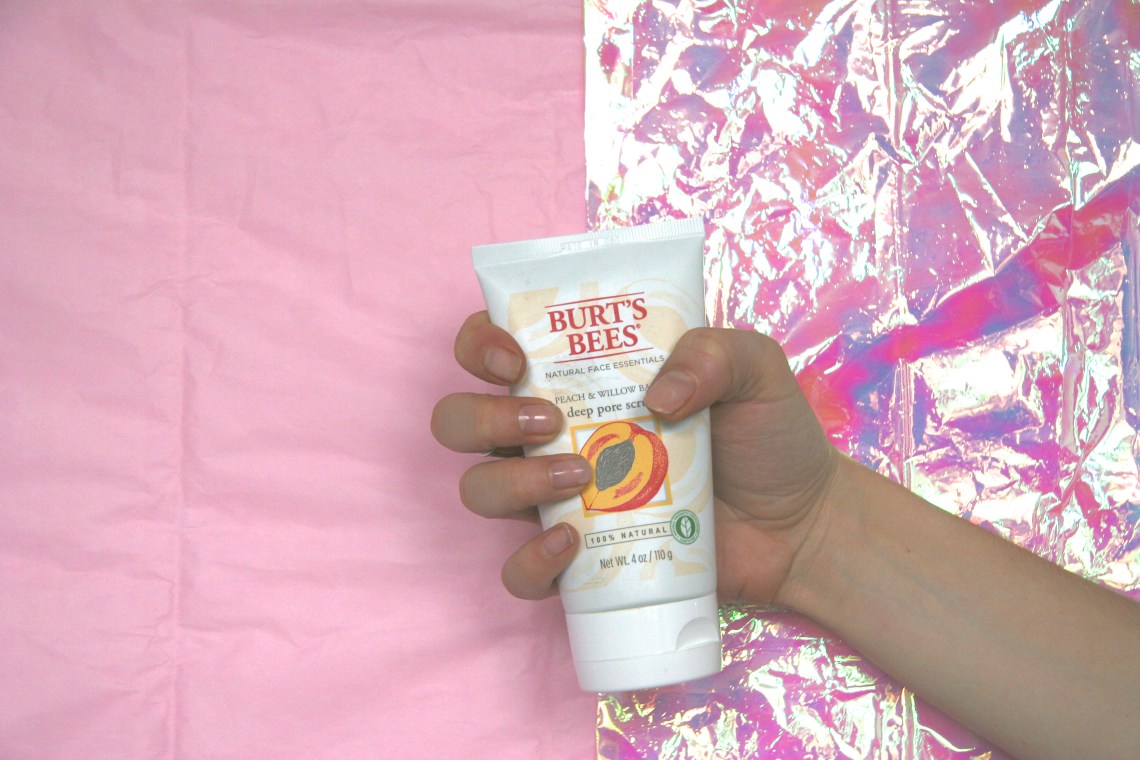
And while we’re on the topic of fruity scrubs, Burt’s Bees Peach and Willow Bark scrub is another one you’ll want sitting on your bathroom shelf. Everything in this is good. Even the fragrance is natural. It also contains stearic acid, which really clean the dirt and oil from your skin without drying it out. It has coconut oil and grape seed too. And then there’s the elusive willow bark extract, splayed on the front of the bottle. Why should we be happy about this? Let us count the ways: it’s apparently anti-inflammatory, contains that acne miracle ingredient salicylic acid and it has phenolic acids too, which help jumpstart skin rejuvenation.
10. CVS Refreshing Toner.
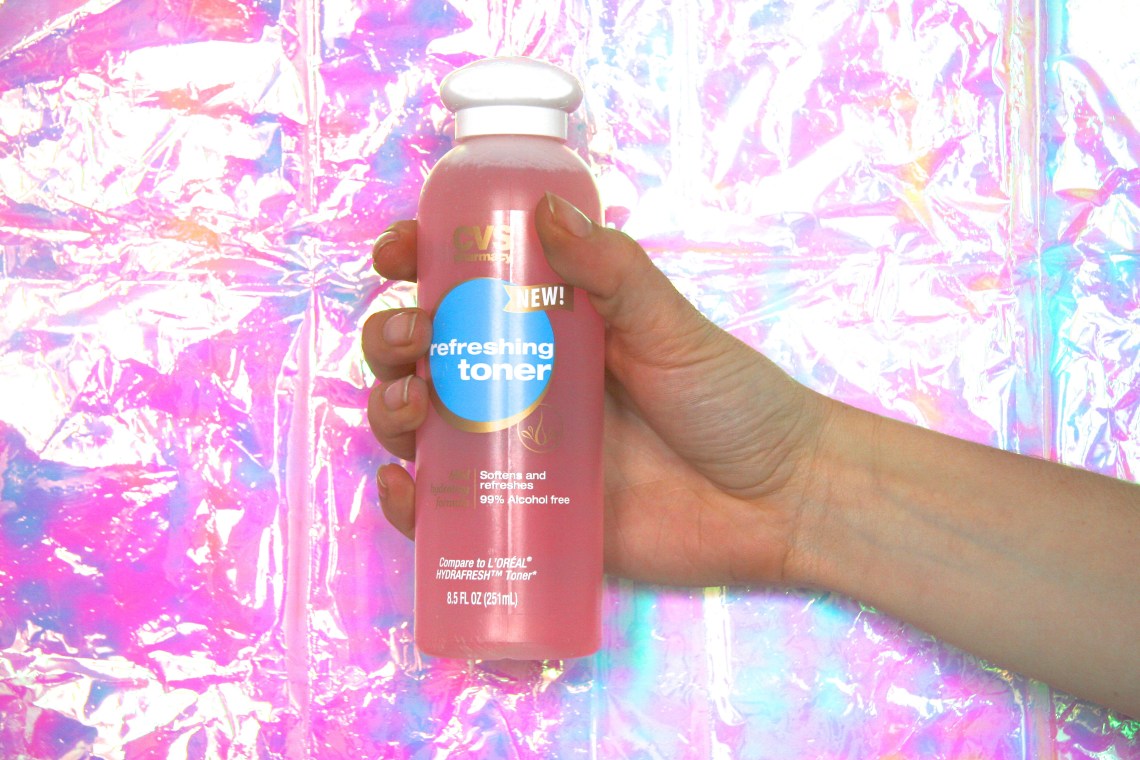
Toners — another skincare product that is sold to us in inordinate combinations, and one which frankly confounds me. According to Mila Moursi, the Los Angeles-based skincare specialist, “A toner’s function is to complete the cleansing of your skin — removing the dust, pollution, and impurities that can still be lingering after washing with a cleanser, as cleansers usually contain ingredients such as oil, which can leave a film on your face.” I picked up this CVS toner because it says 99% alcohol free on the bottle, and I know toners made out west are known to be dangerously high in astringents. This one’s got citric acid and salicylic acid — both great. Except then my eyes drifted over to benzophenones, a sunscreen agent which is only harmful because of its tendency to leak through the skin. Which would be perfectly fine if not for the “fragrance” listed as well. You don’t want unknown, possibly toxic chemicals seeping into your skin. Which is why I stamp this CVS toner with a “naw thanks” and direct you to this one instead:
11. A’kin’s Rose and Geranium Pure Creamy Cleanser & Toner.
It’s pricey, but it’s worth it. Rose is a great ingredient for toners, but it too often comes paired with other, exceedingly acidic ingredients. The A’kin toner, on the other hand, doesn’t. Nor does it contain any other potentially harmful ingredients. And you’re going to need a toner if you want your highly-researched moisturizer to work.
12. Neutrogena Blackhead Eliminating Daily Scrub.
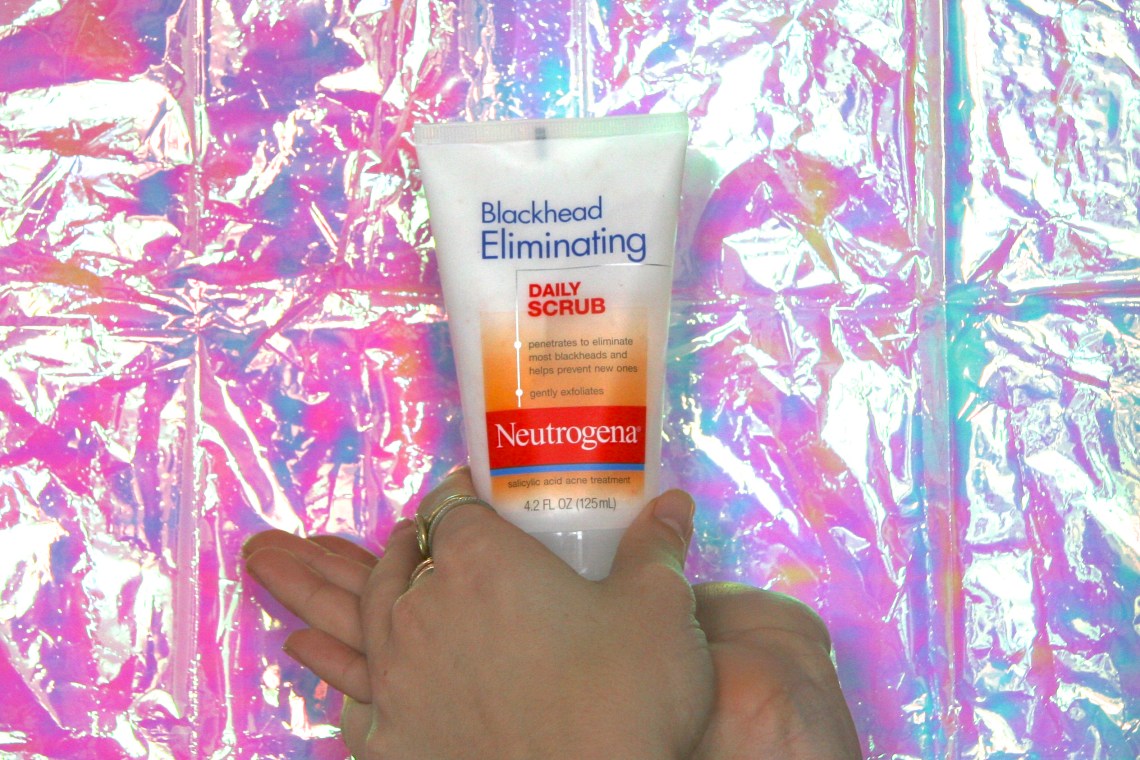
Like Aveeno’s Clear Complexion Cleanser, this product has the active ingredient salicylic acid at not 1%, but 2%. It also has a whole slew of natural ingredients, including menthol, agar and mica. Yet, like the Aveeno cleanser, it also has the same two concerns: fragrance and propylene glycol.
But again — skincare often boils down to picking your battles; and for some who either can’t afford all natural skincare or for whom CVS is the closest drugstore, choosing a face scrub with active ingredients and natural extracts is worth the potential risks of some other ingredients.
13. Burt’s Bees Intense Hydration Eye Cream.
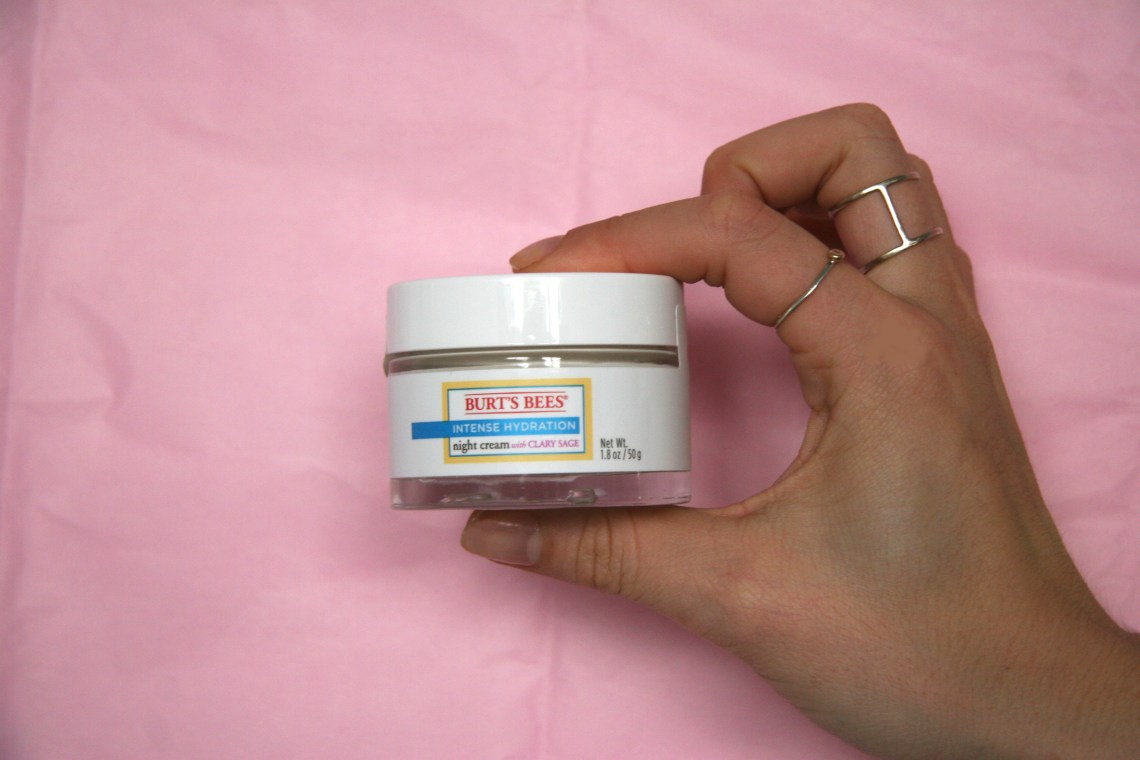
Just glancing at the ingredients on this guy, I already like the fact that I can eat almost half of them — avocado oil, soybean oil and orange, just to name a few. It also has a natural fragrance and is devoid of any and all SLS and parabens. ![]()
